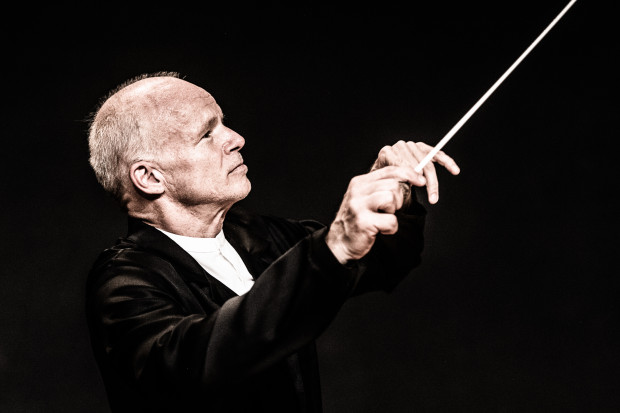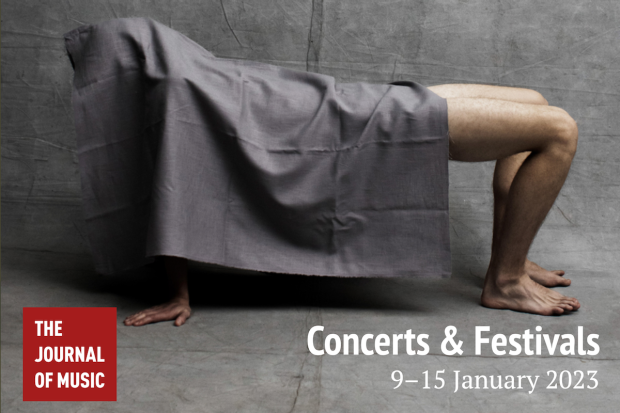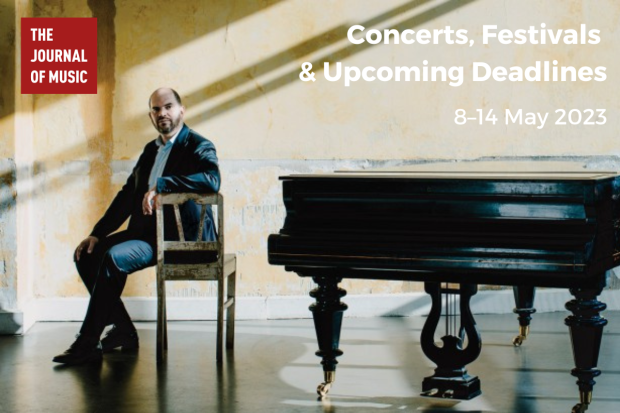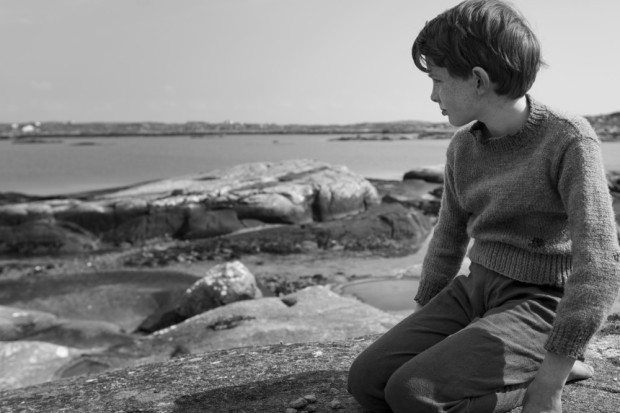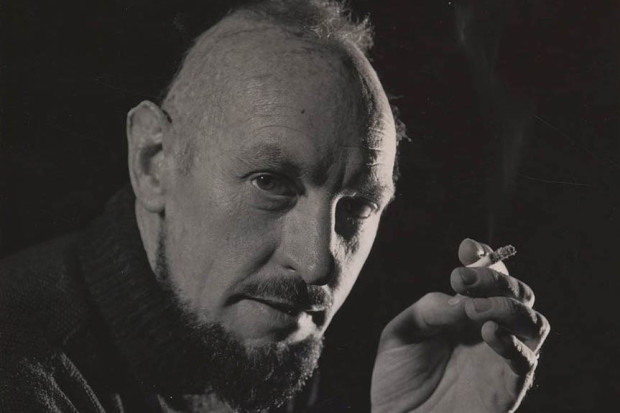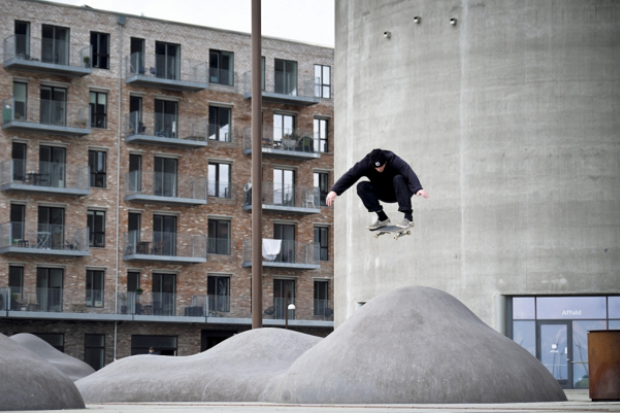
Niall Vallely
When Concertina Meets Concerto
Shamrock tattoos and stickers on cheeks, leprechaun top hats with black buckles, a pair of green oval glasses, a long green scarf declaring Happy St Patrick’s Day in bold font, and a couple who dyed their hair green. ‘Oh I tell you, I am on the green today,’ one woman tells her friend. Many, it would seem, had come to the National Concert Hall in Dublin for the RTÉ NSO’s St Patrick’s Day Celebration after a day of merriment.
A selection from the score to the legendary film Mise Éire opened the festive performance. In the beginning of this music by Seán Ó Riada, a leaping, legato horn playing ‘Róisín Dubh’ soared over a tremolo in the strings. The evening’s principal hornist, Liam Duffy, whom one heard practising the solo before the concert began, executed the difficult part masterfully. Highly evocative imagery could easily recall quintessential pastoral scenes in Ireland, although the work, like much film music, suffered from an overdramatic theatricality that one felt most acutely in the grand, ultimate return of the opening theme. Brophy exhibited professional poise throughout and enabled the best parts of this music to sing.
New concerto for concertina
Traditional roots shone in the second piece on the programme, the world premiere of Concerto for Concertina and Orchestra by the composer/performer Niall Vallely. Layering of materials functioned as a recurring structural device in the work. In the first movement, for instance, low strings laid down a baseline, syncopated jabs in the trumpets and horns added a zesty taste, snippets in the violins etched melodic filigree, and the concertina unravelled a tune that connected with the snippets like Lego. This process created a mellifluous bonhomie. Intimate dialogue featured in the interplay between the soloist and orchestra such as when Vallely traded a spirited tune with the violins before playing the same tune with the orchestra. The melodies in this movement seemed highly characteristic of Vallely’s output because of their relative quickness and apparent rhythmic asymmetry.
Vallely’s second movement left the most memorable impression. The movement began with a foundational sostenuto in the low strings over which the upper strings bled held notes that slowly shaded different orchestral colours. At one point, a biting dissonance stuck out from the inner strings, contributing an effective variety to what was generally a more harmonically reserved soundworld. After this introduction, the concertina unwound a long line consisting of four notes, each of which swelled. An oboe joined the texture, responding to the concertina in canon, and a harp plucked high above, playing off the soloist as well. These components constructed an appealing tenderness in the music. The concerto ended with a rolling, energetic finale in which Vallely used one main tune with punchy and lively rhythms. The concertina player traversed the various terrains of his concerto with his typical virtuosity, expanding slow tunes lyrically and phrasing vigorous passages skilfully.
Different directions
The last act, Moxie, a five-man Sligo band, played most grippingly when they engaged more closely with traditional music. One example was ‘Girl from Space,’ which blended traditional elements, such as a whirling, attractive tune on button accordion and picked flurries on guitar, and rock’s cymbal crashes and bass drum accents. Conversely, ‘Mr and Mrs Kaki,’ for which the singer Julia Spanu joined the group, sounded the least compelling because of its greater indie leanings. Throughout their show, Moxie, heavily amplified and at the front of the stage, overpowered the orchestra, which fulfilled a supportive, less important role.

As a whole, the programme showed how artists in Ireland have developed traditional music in many different directions. The musical diversity, from an orchestral arrangement of traditional elements by Ó Riada to the newly composed tunes by Vallely to the fusion of Moxie, illustrates an eclecticism that casts aside notions of purity, singularity and stability in Irish folk music. Tradition changes continuously. The RTÉ NSO chose an opportune moment to demonstrate that.
For upcoming RTÉ NSO concerts, visit https://orchestras.rte.ie
Published on 20 March 2019
Tim Diovanni is a music journalist from New York and a graduate student in musicology at the TU Dublin Conservatory of Music and Drama.












